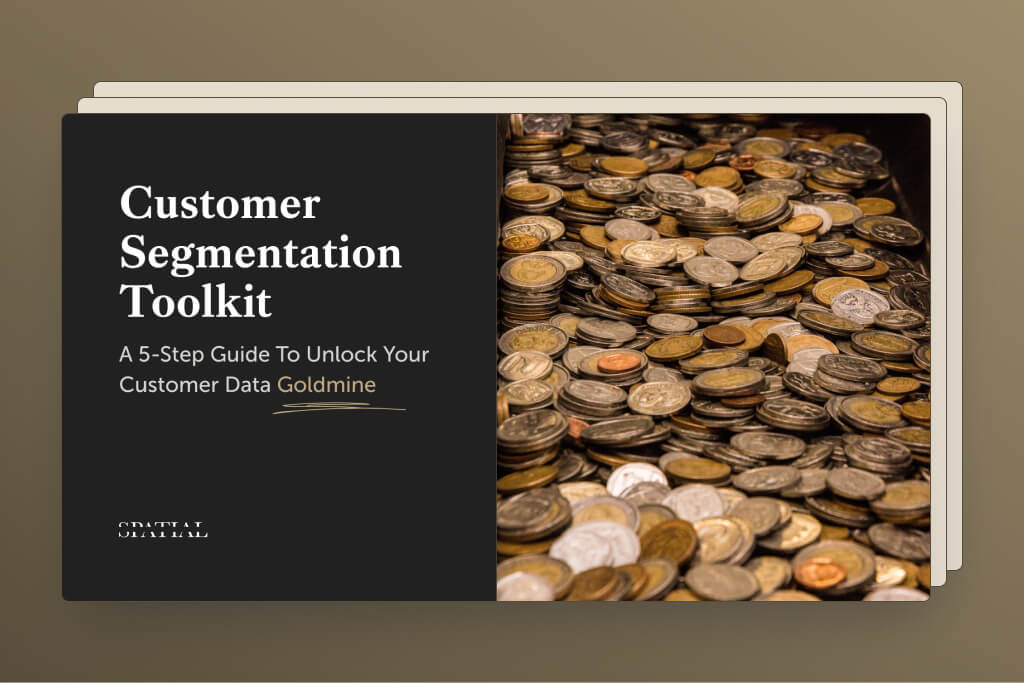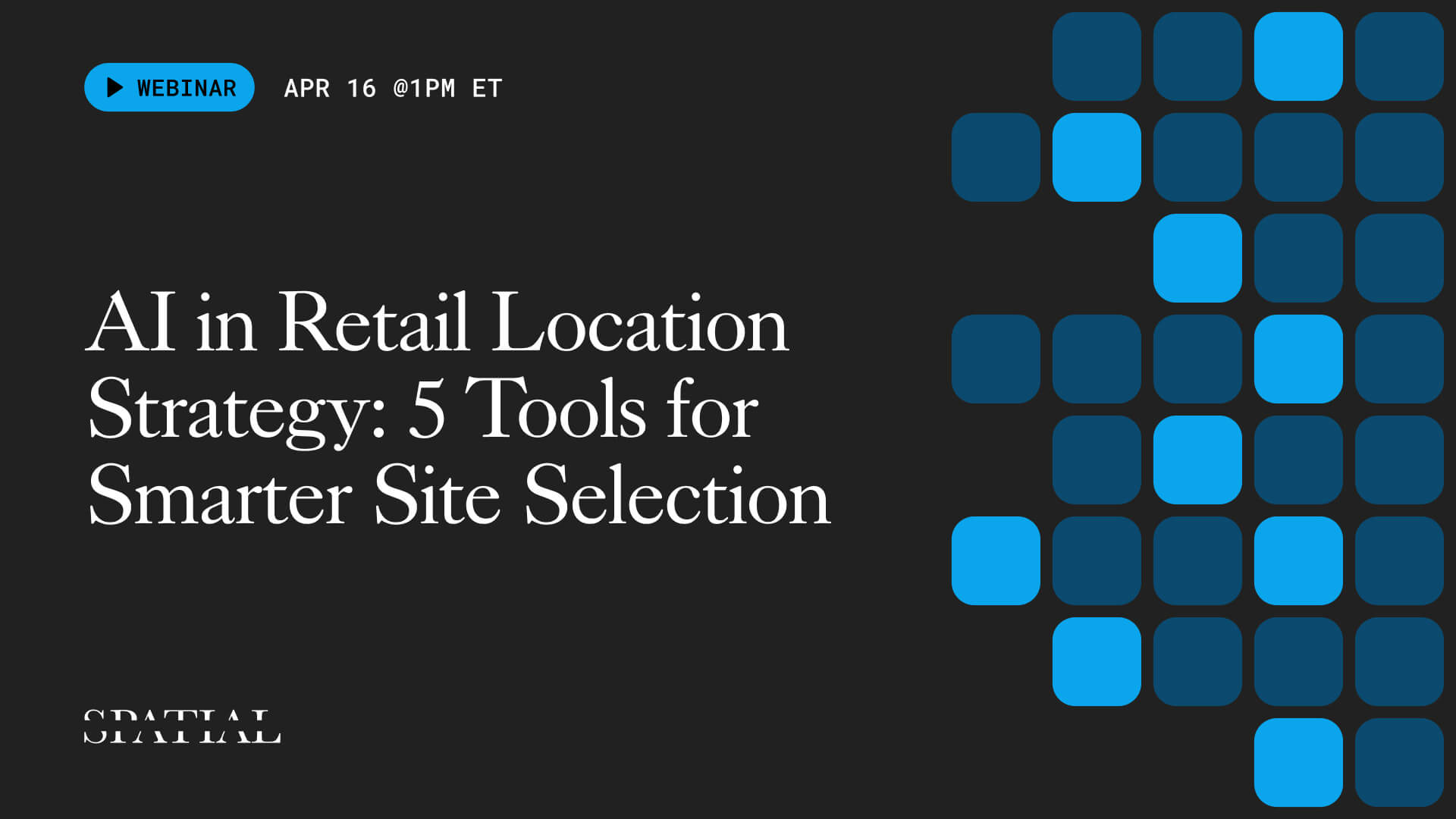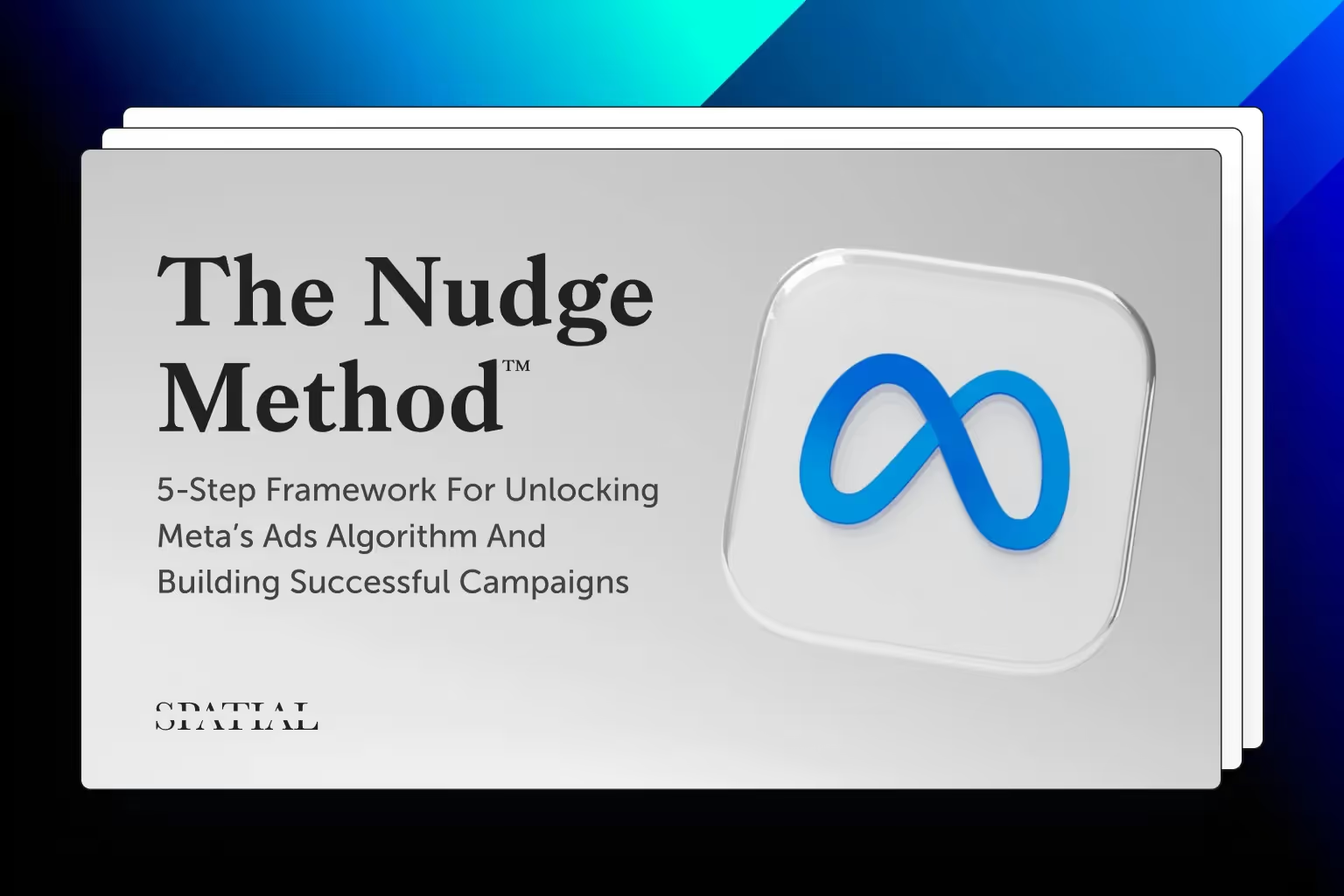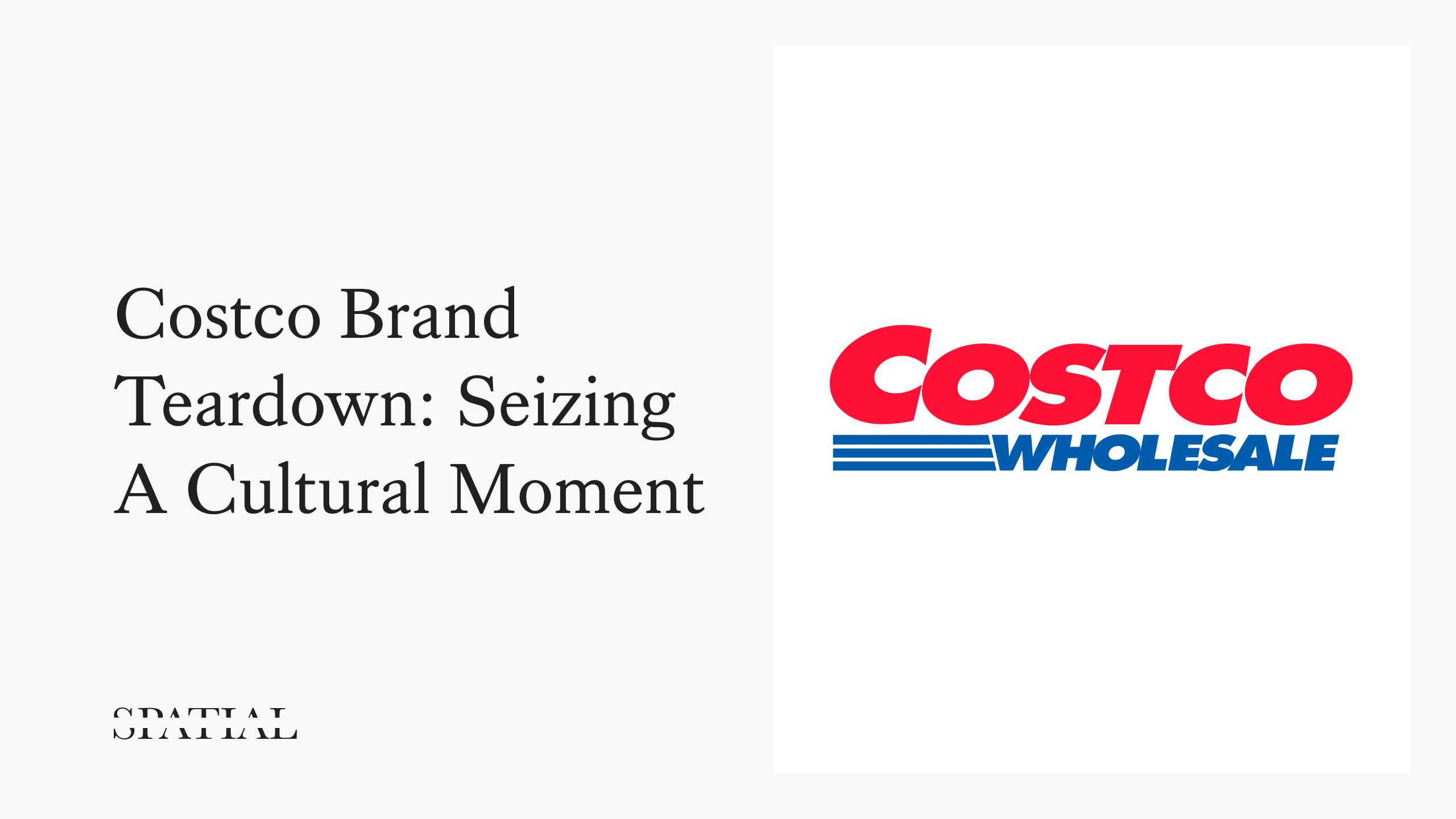New Website & The Future of Spatial.ai
(Cincinnati, OH—September 29, 2020) Spatial.ai has grown a lot over the past four years, but our website has not always grown with us. Our goal for this update was to empower customers with the knowledge and resources they need to get the most out of Geosocial data. We were also in need of a brand that better represented where we are now as a company and our vision going forward.
New Website. New Look. Same Data.
You can expect the same quality from our data as always. However, with our new site, you can learn about and apply it more easily. Explore our growing library of video tutorials, webinars, articles, and more. Dive into specific use cases and download case studies that walk through practical data applications.
We also updated our look and feel. The new visual direction was largely inspired by our collective admiration for The Lord of the Rings, old maps, and beautifully complex data visualizations. In a lot of ways, this was a return to our roots. In fact, we see much of our work as the convergence of the old and the new. Answering age-old business questions with advanced technology. Meshing the practice of “boots-on-the-ground” ethnography with data science. In essence, we are bridging the gap between digital and physical spaces.
Bridging the Physical and Digital
Covid has necessarily moved the e-commerce industry 5 years forward and has left brick & mortar restaurants and retail in a lurch. Unlike native e-commerce brands, B&M's have physical assets that are being unused, and that are now dragging them down with cost. Additionally, e-commerce brands get to leverage the quantified digital world (visitors to the website, addresses of customers etc.) while these brick and mortar brands typically are flying blind—only knowing the demographics of the general area in which they sit. This makes it nearly impossible to move their strategy online.
At Spatial.ai, we want to bridge that gap. We began bridging the physical <> digital gap in 2019 with the release of our Geosocial dataset, which captures location-based social media (digital) and organizes it into meaningful segments at the geographical (physical) level. This made it possible for brick and mortar brands to go beyond demographics for the first time, and allow analysts to peer into how their customers are actually behaving. Not what their demographics would indicate. Not based on a sample survey re-applied to demographics. Actual human behavior.
More Than Demographics
Now we are expanding on that same concept (that we are more than our demographics) by layering in more digital behavior, such as website visitation, spending patterns, brand visitation patterns, and of course where we got our start: social media. This gives us a comprehensive understanding of our customers—not based simply on where they live, or how someone with similar demographics responded to a survey—but based on what they actually do.
This comprehensive view of the customer makes it possible to know the online and offline behaviors of their physical brick and mortar customers, and the ability to see these things change in real time. This has nearly endless uses for things like site selection, customer segmentation, media buying, personalized targeting, pop-up retail, and the list goes on.
The future of Spatial.ai may sound cutting edge and high tech. And in technical terms it is. But in practice, the method is age-old, and it is where we got our start. Ethnography, the study of human culture, is not based on what humans say about themselves, but on what they actually do. This type of research has been applied for years, and we wanted our brand to reflect the discipline, while capturing the beauty in complexity we as humans are. And that simply cannot be captured by our demographics.
Explore the new site at spatial.ai
What you should do now
Whenever you're ready, here are 3 ways Spatial.ai can help:
- See PersonaLive In Action. If you'd like to segment and target your best customers using real-time behavioral data, schedule a free 30-min demo to get started.
- Subscribe To Consumer Code. If you've found this helpful, check out our newsletter and podcast where we share more consumer research and insights for retail marketers.
- Share This Post. If you know another marketer who’d enjoy reading this post, share it with them on Linkedin, X, or Facebook.
Get retail marketing tips
We email every monday with smart growth strategy ideas. Almost no promotion. Just value.

.avif)
%20(1).jpg)








